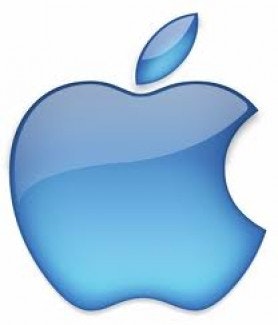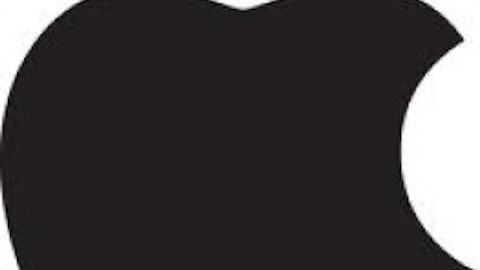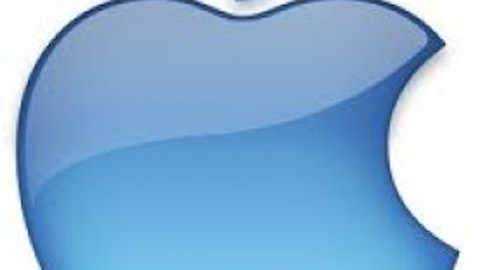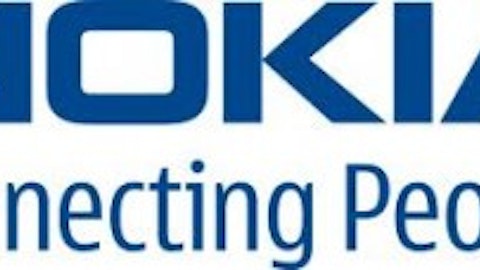
1. Competition is now intense.
2. Outsized margins must come down
3. Cell phone products are nearing a plateau.
4. Few gaping holes are left in the consumer landscape.
There comes a point in any product’s life cycle that changes become much more incremental. One could argue that PC’s have already reached this point. I feel my PC does everything I could ask, and feel little need to spend money to upgrade to a newer model.
When Apple Inc. (NASDAQ:AAPL) introduced the iPhone in 2007, it deserved full credit for raising the bar for smartphones by leaps and bounds, and bringing to life the Apple app store and ecosystem. There was nothing like the iPhone before it debuted, and Steve Jobs rightfully embraced the idea of cannibalizing iPod sales with a phone that doubled as a music player.
Consumers sprinted to Apple Stores, while Google Inc (NASDAQ:GOOG), was caught largely unaware, with its Android OS being nowhere near completion. Microsoft Corporation (NASDAQ:MSFT) was, let’s just say, “behind the curve,” and Research In Motion Ltd (NASDAQ:BBRY) once king of the smartphone, did not embrace the ecosystem, or the larger screen sizes and the accompanying reduced battery life consumers were willing to exchange for it. Apple Inc. (NASDAQ:AAPL) had a near-monopoly on the high-end smartphone market, and quickly gained a cult following of consumers who gladly paid higher prices for all things Apple.
The introduction of the iPad only reinforced all this, further enhancing Apple Inc. (NASDAQ:AAPL)’s brand.
Apple’s outsized profits, by the nature of capitalism, attracted tremendous competition.
Today, Google Inc (NASDAQ:GOOG)’s Android OS dominates market-share globally, and has rapidly improved and innovated. It is far more open and customizable than iOS, and is given away to equipment manufacturers for the right price: free. Even the biggest Apple Inc. (NASDAQ:AAPL) fans I know admire the Android-powered Samsung S4’s capabilities.
With Microsoft Corporation (NASDAQ:MSFT) introducing the Windows phone to rave reviews, and Google’s own expected future innovation with their Motorola subsidiary, the consumer has infinitely more choices than they did when the iPhone first arrived.
Margins
With the intense competition described, Apple’s unheard-of hardware margins must fall. How many people will be willing to pay so much extra to have the Apple Inc. (NASDAQ:AAPL) logo on their phone when others equal or better the iPhone’s capabilities? No longer does the owning the phone have the same cache.
Additionally, if Apple Inc. (NASDAQ:AAPL) introduces a cheaper version of their phones, does this not take away from the status symbol that carrying around an iPhone currently provides? On the other hand, if Apple doesn’t release that cheaper phone, it will positively lose the lower end of the consumer market to Nokia, Samsung, and other Android-based systems. According to CBS News, 56% of American adults own a smartphone; the growth lies in the developing world, most of whom cannot afford the iPhone. For Indians making $2,000 a year, and Chinese making $4,000, paying $600 for a smartphone is a HUGE investment.
In releasing a low end phone, Apple’s management is almost in a “damned if you do, damned if you don’t” situation.
When the iPhone first arrived, phones had a long, long ways to go in terms of meeting consumers needs. I doubt those of you out there with high end phones today can think of many things you wish your phone could do which it doesn’t.





